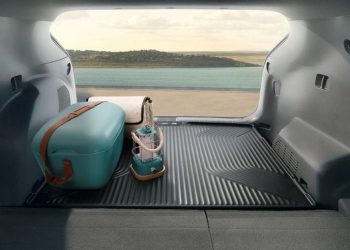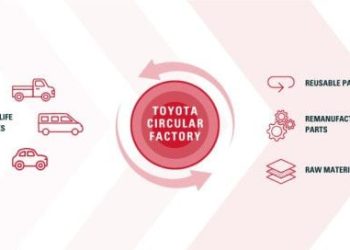
Dodge ranked the highest of mass-market brands for a fourth consecutive year, scoring 887 on a 1,000-point scale.
IMAGE: Stellantis
Automotive consumers are increasingly dissatisfied with new vehicles, giving them lower scores two years running in J.D. Power’s annual APEAL study for the first time in the survey’s 28 years.
This year’s satisfaction score fell two points to 845 on a 1,000-point scale, following a one-point drop last year, and consumers expressed dissatisfaction with both mass-market and premium models.
“The decline in consecutive years might look small, but it’s an indicator that larger issues may lie under the surface,” J.D. Power Senior Director of Auto Benchmarking Frank Hanley said in a press release about the findings of the U.S. Automotive Performance, Execution and Layout Study.
The latest bells and whistles might look good in marketing materials, but when they don’t work well, looks don’t matter, J.D. Power pointed out.
“Despite the technology and design innovations that manufacturers put into new vehicles, owners are lukewarm about them. While innovations like charging pads, vehicle apps and advanced audio features should enhance an owner’s experience, this is not the case when problems are experienced.”
APEAL gauges survey responses across 10 areas, nine of which scored lower this year. Fuel economy was the only one that improved, though a sizeable jump of 15 points it was. The exterior styling category fared the worst, falling six points.
J.D. Power pointed out infotainment systems as a feature consumers are particularly unimpressed with, just 56% choosing to play audio through them, down dramatically from 70% just three years ago. Less than half of respondents said they use the systems to do the most common technological tasks, such as making phone calls.
“This downward trajectory of satisfaction should be a warning sign to manufacturers that they need to better understand what owners really want in their new vehicles,” Hanley said.














